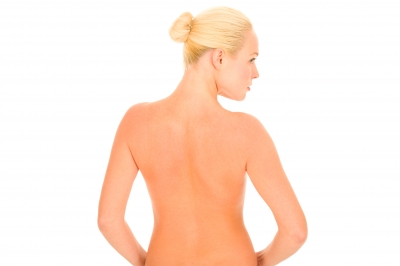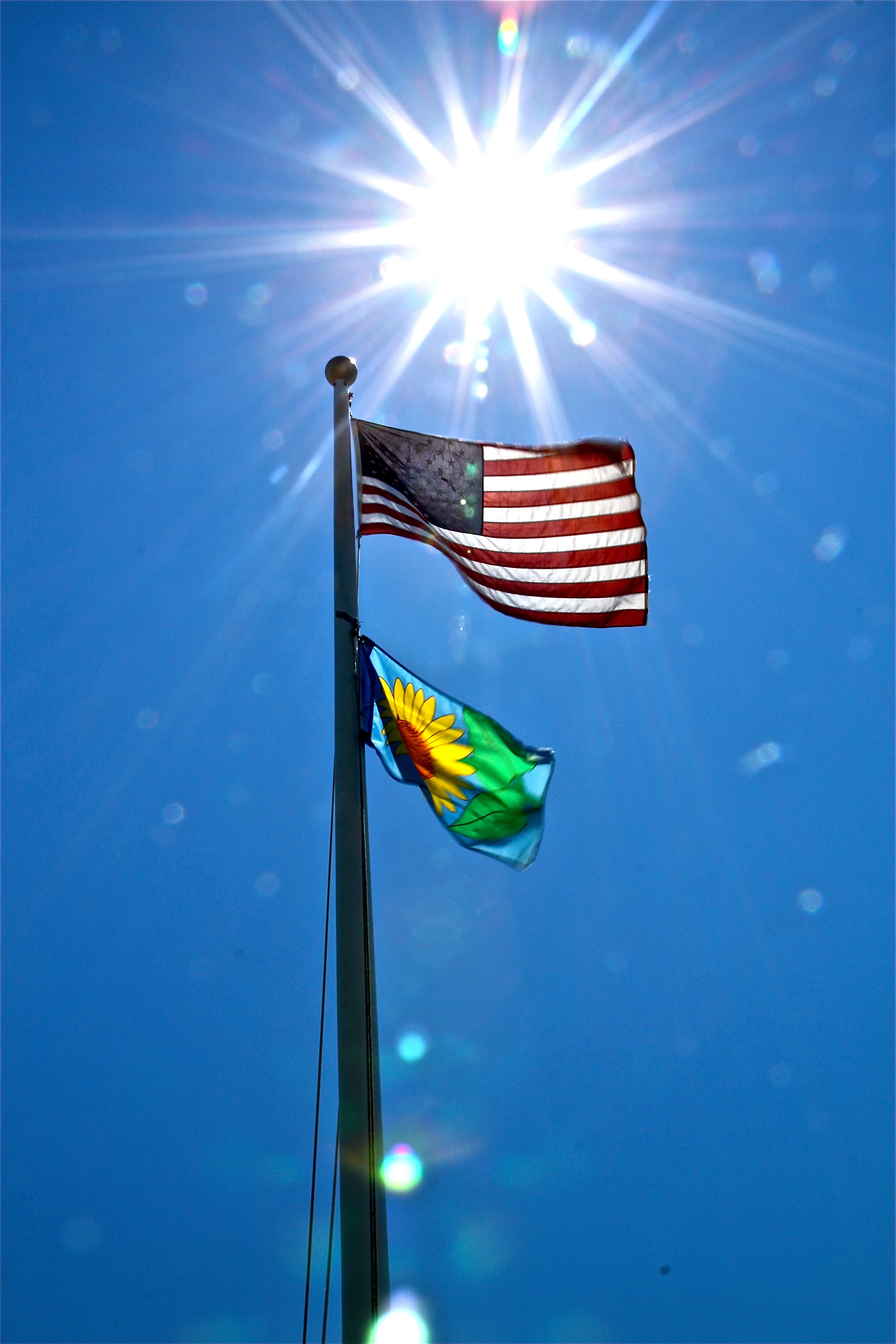Even if you don’t spend much time in the sun, your skin has likely still suffered damage over the years. Naturally this problem is exacerbated in people who do spend a significant amount of time in the sun, especially if they do not use sunscreen or take other precautions to protect their skin outdoors.
Skin damage is also particularly prevalent in those who use tanning salons. Although many people believe that tanning beds are a healthy alternative to direct sunlight for a beautiful tan, we know with certainty that this is absolutely not the case.
Tanning beds produce UVA and also UVB rays, which can contribute to skin cancer, eye damage, aging changes in the skin, and immune suppression. Consequently, the US Department of Health and Human Services has declared that UV rays from tanning beds are known cancer-causing substances. And additionally, the American Academy of Dermatology opposes indoor tanning.
pp p
p
The Importance Of Self-Checks
It is important to check yourself regularly for changes in your skin that could represent early signs of skin cancer. Get into the habit of checking your skin on the same day each month, for example. The more you become accustomed to examining your skin, the sooner you are likely to recognize any changes.
pp
How To Examine Your Skin
- Check your skin thoroughly each month – do this in a brightly lit room, and in front of a full-length mirror.
- Examine your entire body surface as best possible, looking for any changes from the last examination.
- Ask a partner to help you examine difficult-to reach areas, or use a smaller hand mirror in addition.
pp
What To Do If You See Any New or Changed Skin Lesions
You may find it helpful to make notes each month when you perform your self-examination. Record all changes that you find:
- Location of lesion
- Overall appearance of lesions, including size, shape and color
pp
Some Warning Signs In Particular That Require Attention
- Any mole that appears to change in size, shape, color, texture or sensation
- A smooth growth with a raised outer rim
- A smooth growth with a central dimple
- Sores that don’t heal adequately
- Red patches of skin that don’t disappear
- Yellow or waxy scar-like patches of skin
- Sores that ooze fluid, or become blistered or crusty
p
What To Do If You See Any New or Changed Skin Lesions
If you do notice any new moles or any other skin lesions, or if any pre-existing lesions start to change in any way, be sure to alert your physician or dermatologist as soon as possible.
And in addition to getting accustomed to examining your skin every month, be sure to visit your dermatologist annually – regular skin examinations by a specialist could just save your life.




Follow Me!